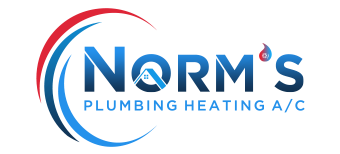Plumbing and Heating FAQ’s
Plumbing and Heating can be quite complicated, especially with all the modern equipment and systems. From high efficient Gas Furnaces to smart toilets, there’s a lot of different topics that bring up some common questions. This blog will outline some of the most frequent questions we get about Plumbing, Heating, and Cooling.
-
How long does a standard water heater last?
Your average water heater can last anywhere from 8 to 10 years. However, we have seen some go under warranty at only 5 years, and some that exceed 12 years. The average is in that 8 to 10 year range.
2. What is a tankless water heater?
A tankless water heater is a water heater that doesn’t store any water. Instead, it uses 2 heat exchangers to instantly heat the cold water as it passes through them, giving you hot water on the other side. It takes roughly 7 seconds for that process to happen. The other term is an on demand water heater. They call it on demand because it only heats the water when there is a demand for it (you turning on your hot tap).
3. Why does my toilet keep running?
The most common reason your toilet keeps running is that your flapper isn’t maintaining a seal anymore, so water is constantly running through.
4. How often should I service my Furnace?
Gas, oil, or electric furnaces should be serviced annually. Make sure that whoever services it is licensed to do so.
5. How often should I change my filter for my hvac system?
you should change your filter every 3 months of use. Failing to change your filter can result in lowered operating efficiency and breakdowns. This is a very easy thing homeowners can do to reduce equipment breakdowns.
6. Why does water keep spraying out of the water heater on the side?
What your experiencing there is either too high of pressure or too high of temperature. The valve on the side is a temperature/pressure relief valve. If it senses that one of those exceeds the tanks limits it will expel water to relieve it back to safe operating point. The most common reason is too high of pressure, in that case, you likely needs a new pressure reducing valve to bring the pressure down.
7. What is a pressure reducing valve (PRV)?
A PRV is a device used to reduce the city main water pressure down to a pressure that’s safe for your homes piping and appliances. They are very common and used frequently.
These are just a few broad questions we have customers ask us often, and there are lots more! I’ll be adding new blogs here and there with other frequently asked questions, so stay tuned!
Dont forget to share this blog on your facebook page!
